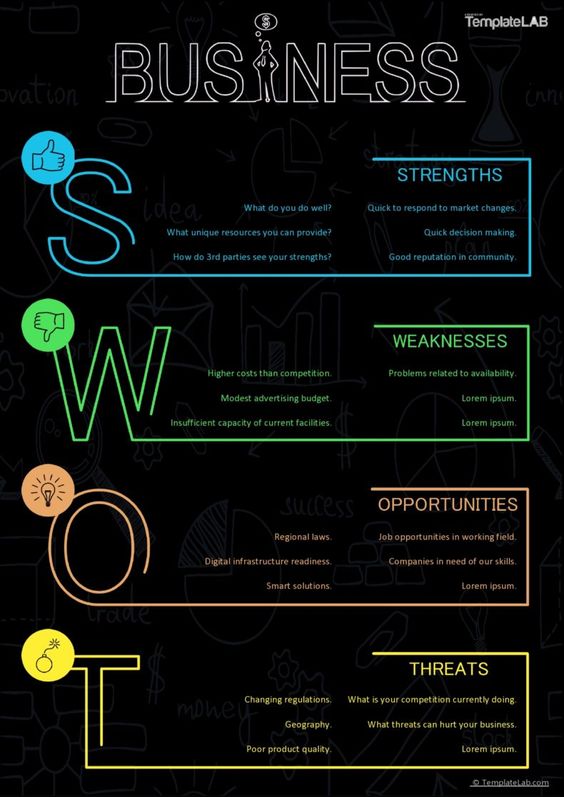A SWOT analysis is a useful tool that can help you identify the Strengths, Weaknesses, Opportunities, and Threats of a business or project. It is a simple yet effective way to assess the potential of an idea, product, or service, and to develop a strategy that can help you maximize your chances of success. In this article, we will guide you through the process of doing a SWOT analysis.
Define your Objective
Before you start doing a SWOT analysis, you should define your objective. What do you want to achieve? What problem do you want to solve? What opportunity do you want to leverage? By defining your objective, you will be able to focus your analysis and make it more relevant to your needs.
Identify the Strengths
The first step in doing a SWOT analysis is to identify the strengths of your business or project. Strengths are the internal factors that are favorable to your success. They can include things like your knowledge, skills, experience, reputation, brand identity, resources, and relationships. To identify your strengths, ask yourself what you do well, what sets you apart from your competitors, and what advantages you have over them.
Identify the Weaknesses
Next, you should identify the weaknesses of your business or project. Weaknesses are the internal factors that are unfavorable to your success. They can include things like your lack of knowledge, skills, experience, reputation, brand identity, resources, and relationships. To identify your weaknesses, ask yourself what you need to improve, what your competitors do better than you, and what obstacles you face.
Identify the Opportunities
After you have identified your strengths and weaknesses, you should look for opportunities that can help you leverage your strengths and overcome your weaknesses. Opportunities are the external factors that are favorable to your success. They can include things like market trends, emerging technologies, new customer segments, partnerships, and collaborations. To identify your opportunities, ask yourself what new trends are emerging in your industry, what unmet needs your customers have, and what partnerships or collaborations can help you achieve your goals.
Identify the Threats
Finally, you should identify the threats that can affect your business or project. Threats are the external factors that are unfavorable to your success. They can include things like competition, economic downturns, regulatory changes, and technological disruptions. To identify your threats, ask yourself what challenges your competitors pose, what risks your business or project is exposed to, and what changes in the environment can affect your success.
Prioritize your Findings
Once you have completed your SWOT analysis, you should prioritize your findings. Identify the strengths that are most relevant to your objective and that can help you achieve it. Also, identify the weaknesses that need to be addressed urgently and that can hinder your success. Look for the opportunities that can help you maximize your strengths and overcome your weaknesses. Finally, identify the threats that pose the greatest risk to your success and that require the most attention.
Develop a Strategy
The final step in doing a SWOT analysis is to develop a strategy that can help you achieve your objectives. Use your findings to formulate a plan that leverages your strengths, overcomes your weaknesses, maximizes your opportunities, and mitigates your threats. Your strategy should be actionable, measurable, and relevant to your objective.
Monitor and Update
Finally, you should monitor and update your SWOT analysis regularly. The business environment is constantly changing, and new opportunities and threats can emerge at any time. By monitoring and updating your SWOT analysis, you can stay ahead of the curve and adjust your strategy accordingly.
You might find these FREE courses useful
- Foundations of Business Strategy
- Free SWOT Analysis Tutorial
- International Business Environment
- Using Advanced SWOT Analysis
- Supply Market Analysis
conclusion
a SWOT analysis is a valuable tool that can help you assess your business or project and develop a strategy that can maximize your chances of success. By following the steps outlined in this article, you can do a comprehensive SWOT analysis that is relevant to your needs and objectives. Remember to prioritize your findings, develop an actionable strategy, and monitor and update your analysis regularly.


